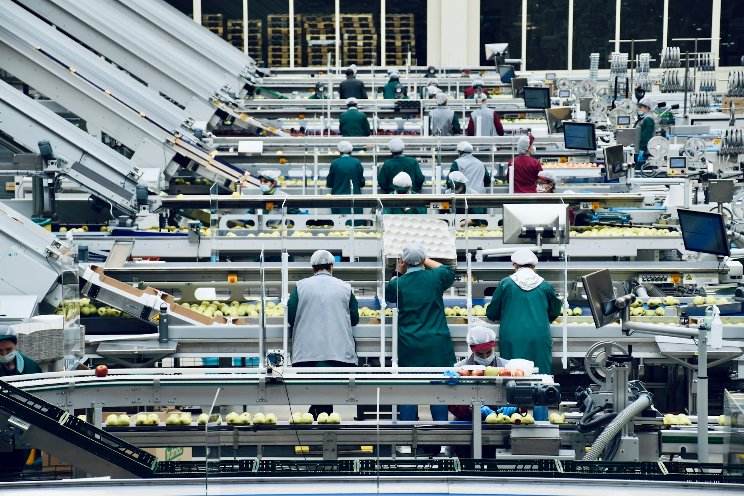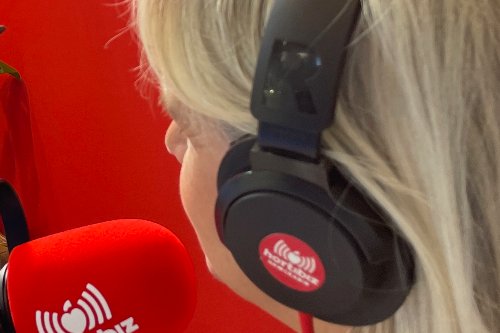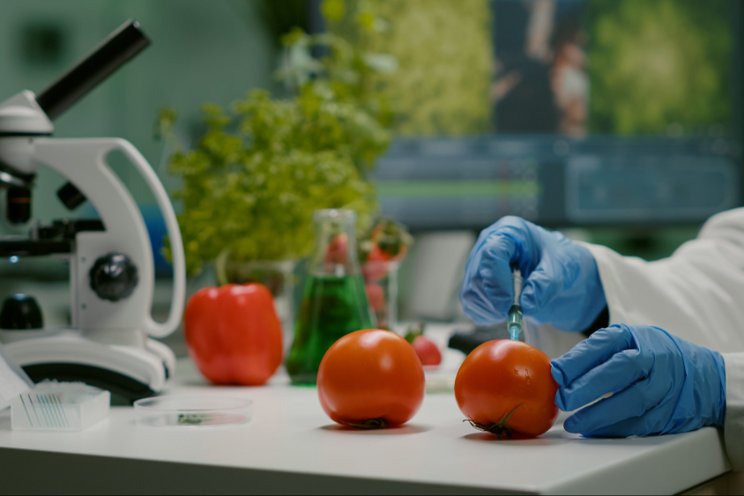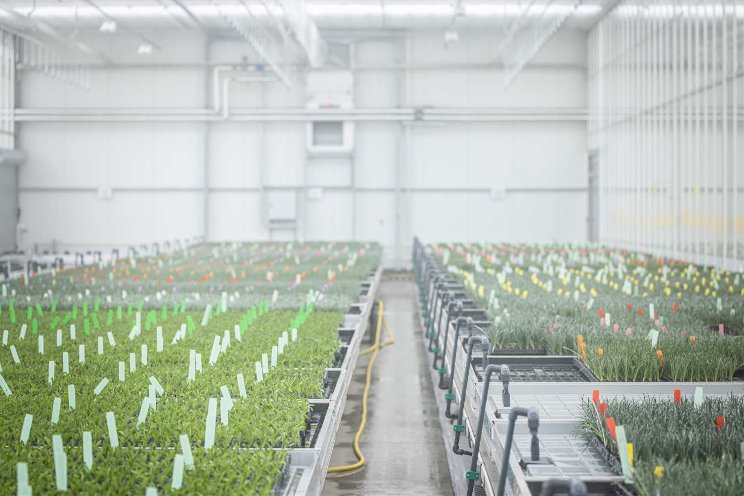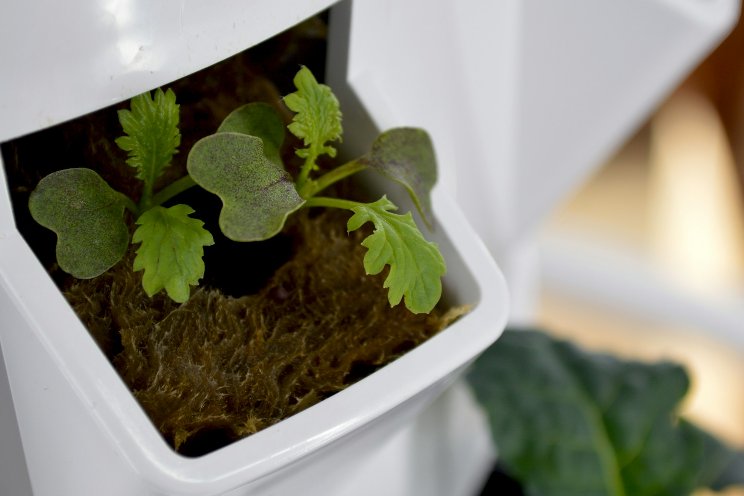Is a vertical farming business profitable?
Added on 19 October 2021
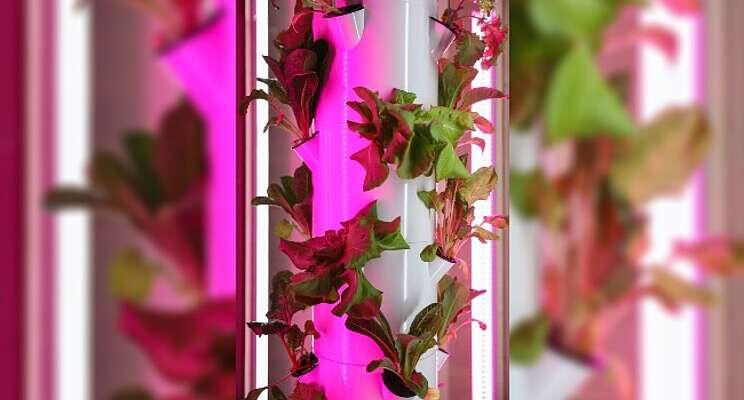
Today's vertical farms solve a litany of problems, but there are still a few that many don't address. They offer the ability to grow a lot of food in a little space, regardless of climate, weather, or season. They're excellent ways to bring healthy fresh food into urban areas or places where growing conditions are less than ideal.
But at the end of the day, vertical farms must turn a profit or at least break even if they want to last. In many cases, this is a difficult proposition. Read on to find out why and how to start a vertical farm that is both sustainable and profitable.
Why Aren't Traditional Vertical Farms Profitable?
Most vertical farms (but not all) have two significant problems that need to be solved in order to turn a profit. Both relate to energy use.
In tray-based vertical farming systems, the top trays block the light from all those below, meaning growers have to install lighting on each level. This means they must supplement 100% of the lighting used to grow plants, which means greatly increased utility costs.
With all of this energy output, their unit economics skyrocket, and in most cases, they are forced into extensive reliance on fossil fuels. If you're looking for a profitable and sustainable business opportunity, you must find a way to reduce this energy consumption and lower the selling price of your goods.
Since these operations have no levers to reduce utility costs, they have to find another way to reduce spending. They're designed to be self-run systems, a priority for farms that don't want to deal with the costs associated with hiring a workforce. Unfortunately, the lack of employees means most everything must be done with technology, further increasing the power required to run their operations. It's not the winning equation that many operators are seeking.
The Trade-Off?
To run this type of vertical farm, there is a considerable trade-off involved. The method of growing creates an unsustainable cycle of chasing marginal operational efficiencies with disproportionate increases in capital costs. As these costs go up, the price of the goods sold must also rise, simply to break even. This makes it difficult to find buyers for the produce since most consumers, restaurants, and grocery stores are priced out.
Without significant innovation in lighting technology or ag-focused automation, both of which are still in their infancy, traditional vertical farms will struggle to achieve profitability. Many operators are running on the hope that energy costs will go down in the near future, but if this decline is slower than predicted or doesn't happen at all, profitability will continue to suffer.
Read more on Eden Green Blog.
Photo by Mick Haupt on Unsplash
Source: Eden Green Technology
More news




